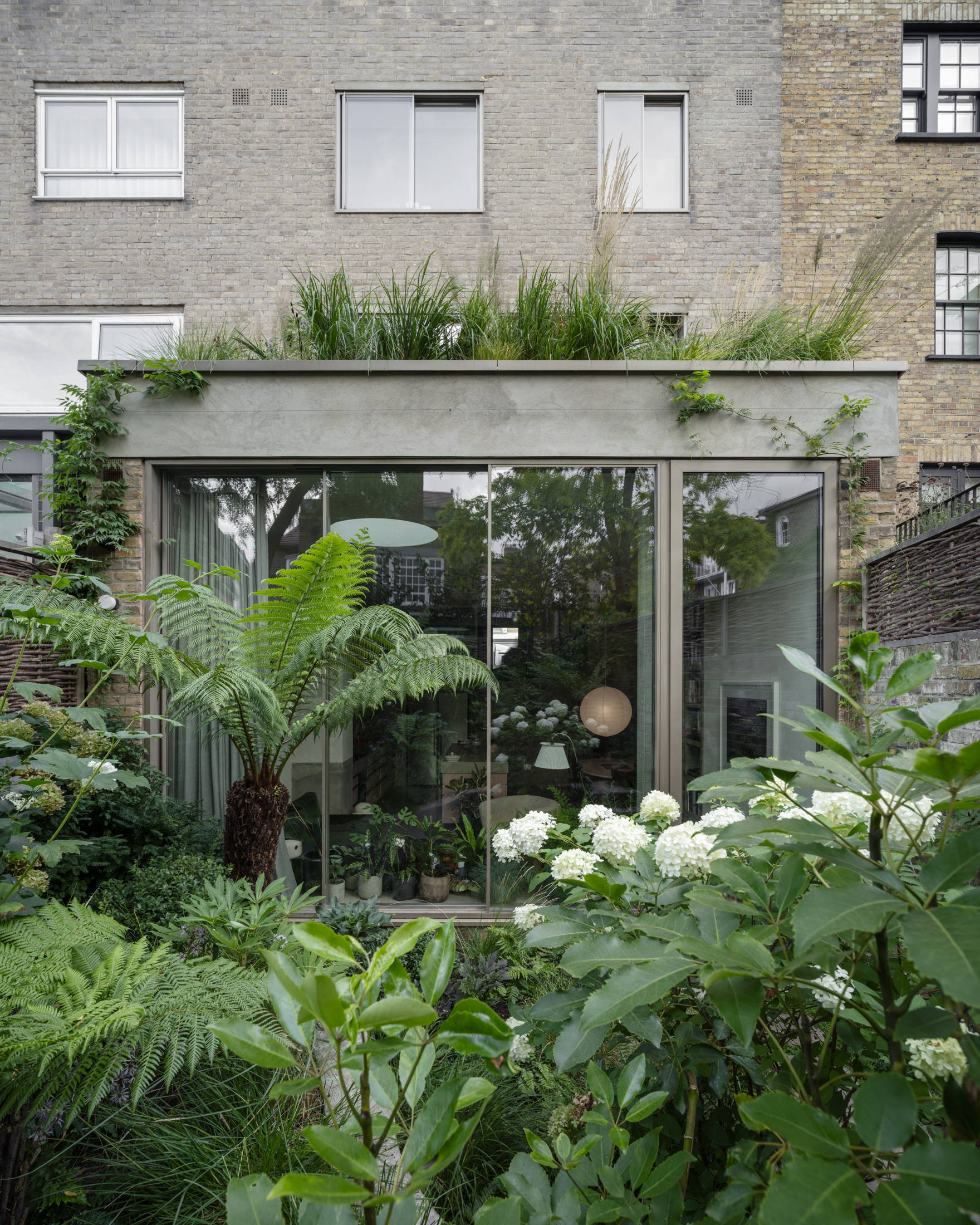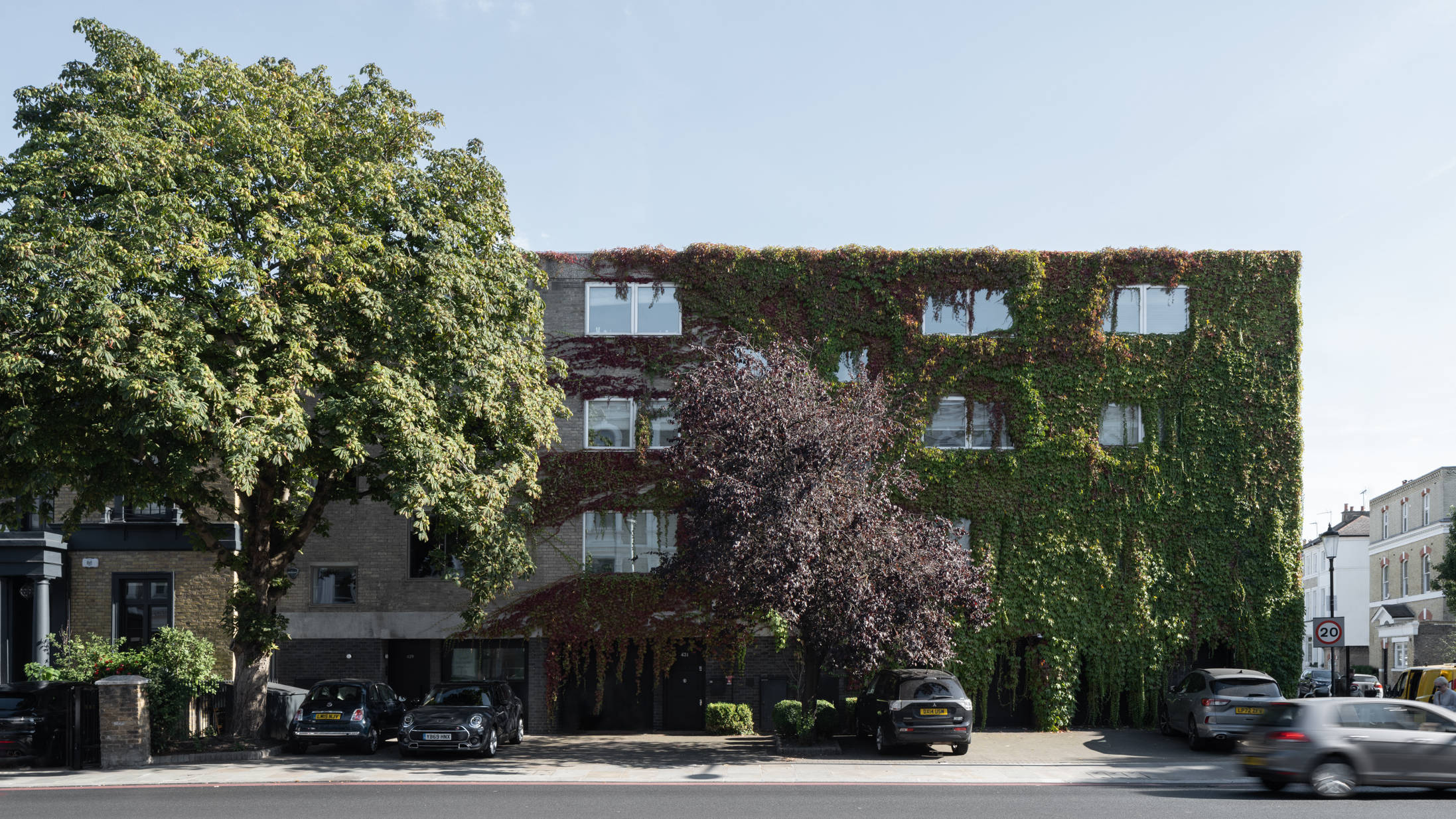
This robust and handsome 1960s Chelsea townhouse has been given a modern makeover by London architects Pricegore, preserving the tough character of the original architecture and adding functionality, texture, colour and even an element of brutalist charm.
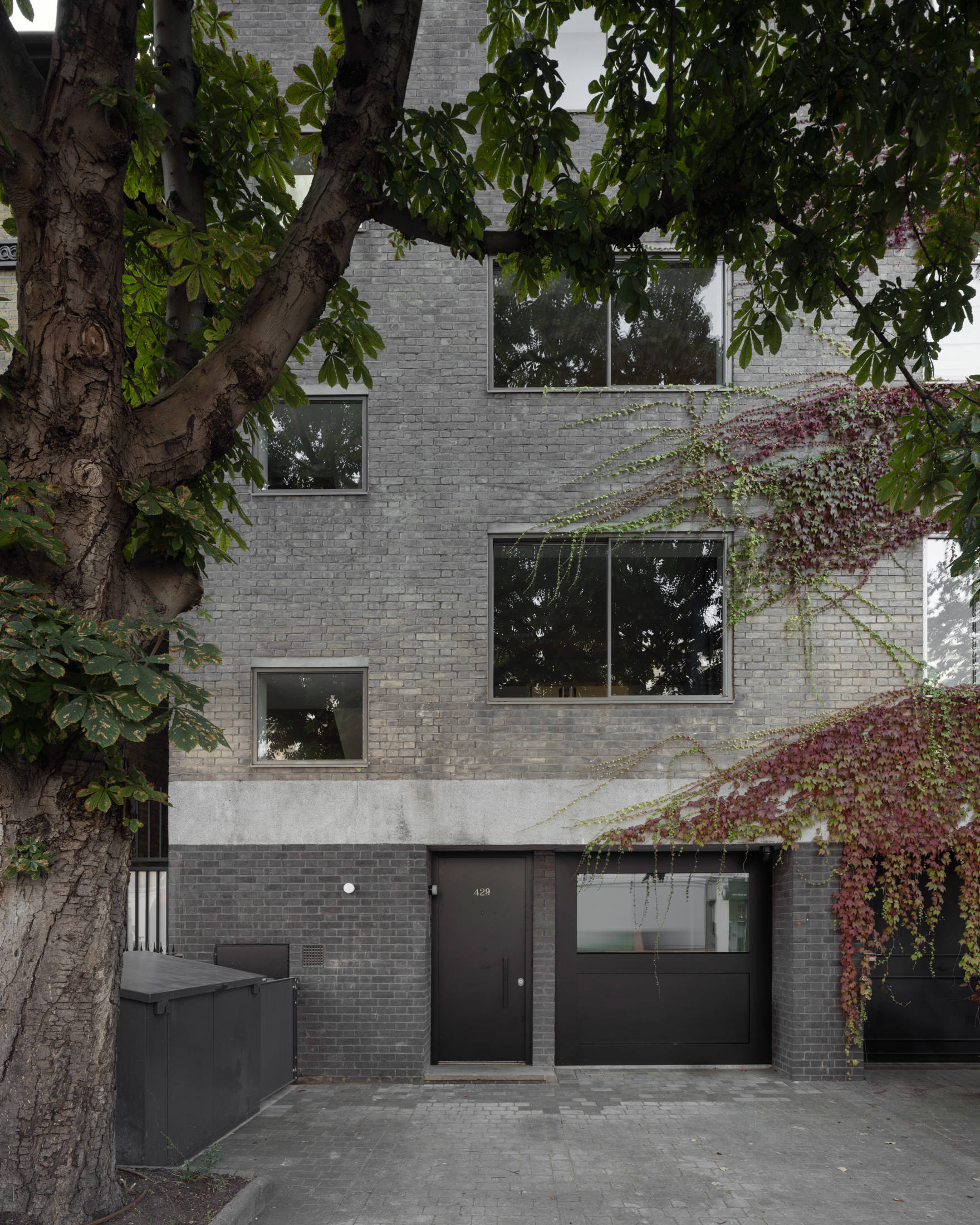
Located in Chelsea, the modernist terraced house spent many decades under its original ownership before the current clients bought it in 2020. Pricegore was appointed to give the structure its first major overhaul since it was built by Morgan and Branch Architects.
Inside Pricegore’s renovated Chelsea townhouse
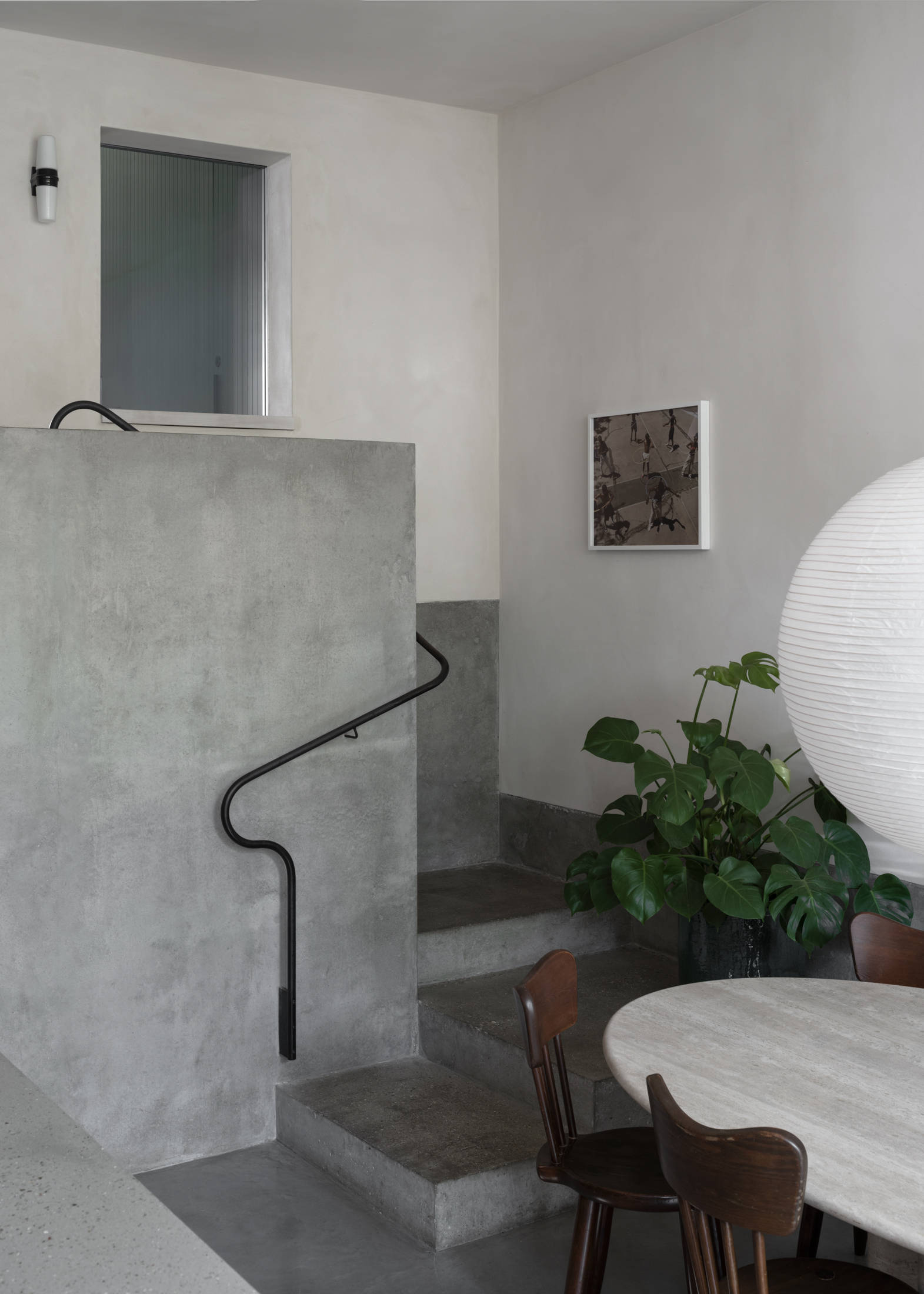
Part of the process involved paring the number of bedrooms down from five to three, while also reclaiming space on the ground floor by removing the garage and extending the kitchen out into the newly landscaped garden. Upstairs, the main alterations were to the third floor, where three small bedrooms have been transformed into a large principal bedroom, complete with dressing room and ensuite bathroom.
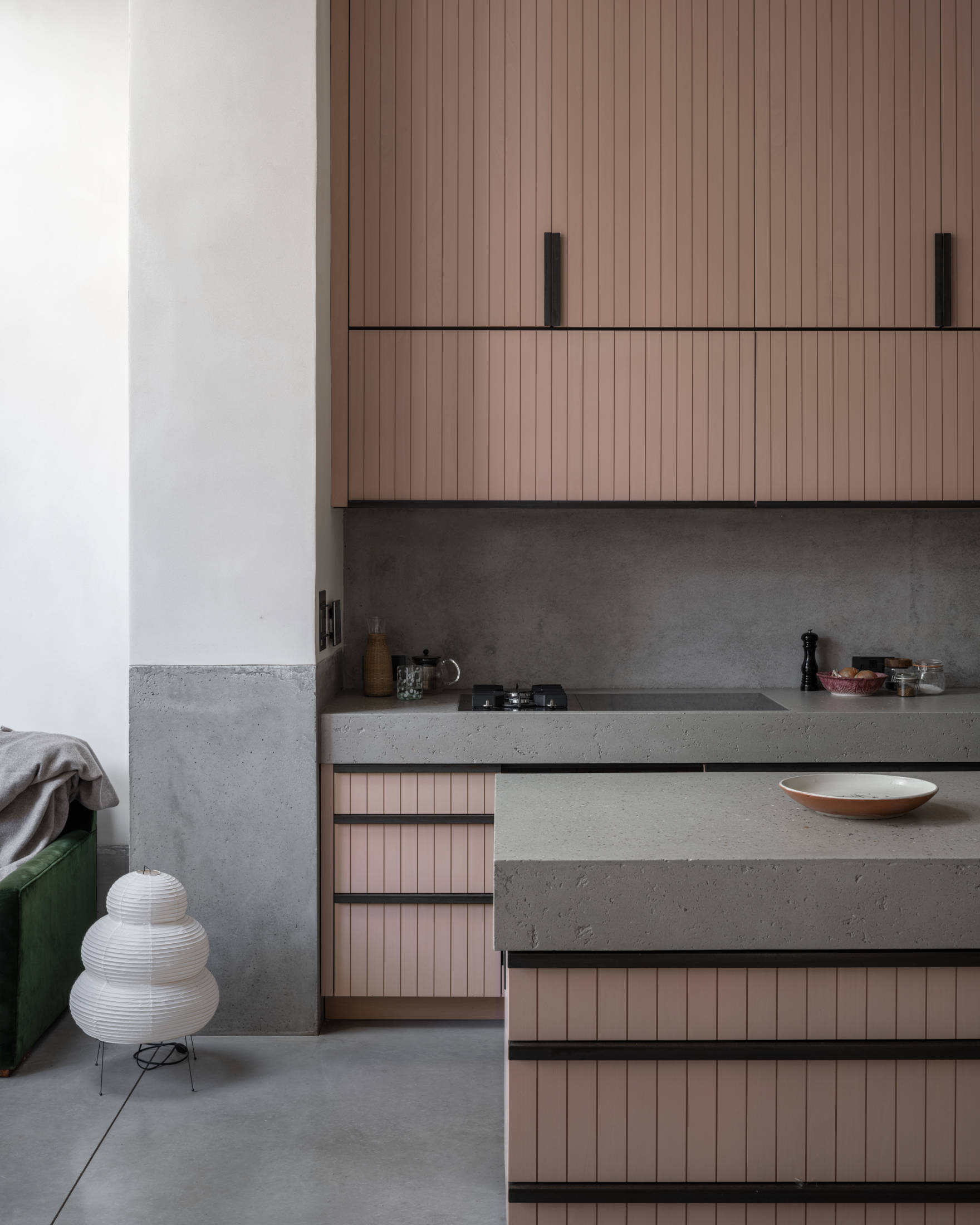
The ground floor extension has been dug down, with a new set of raw concrete steps leading to a garden room with floor-to-ceiling glazing and a raised 3.6m ceiling. This extra was found after Pricegore explored the history of the site and discovered the level of the original gardens to the Victorian terrace that once stood here. The new excavations made use of the deep 1960s foundations, and allowed Pricegore to use exposed concrete retaining walls, adding another layer of contemporary brutalism to the original design.
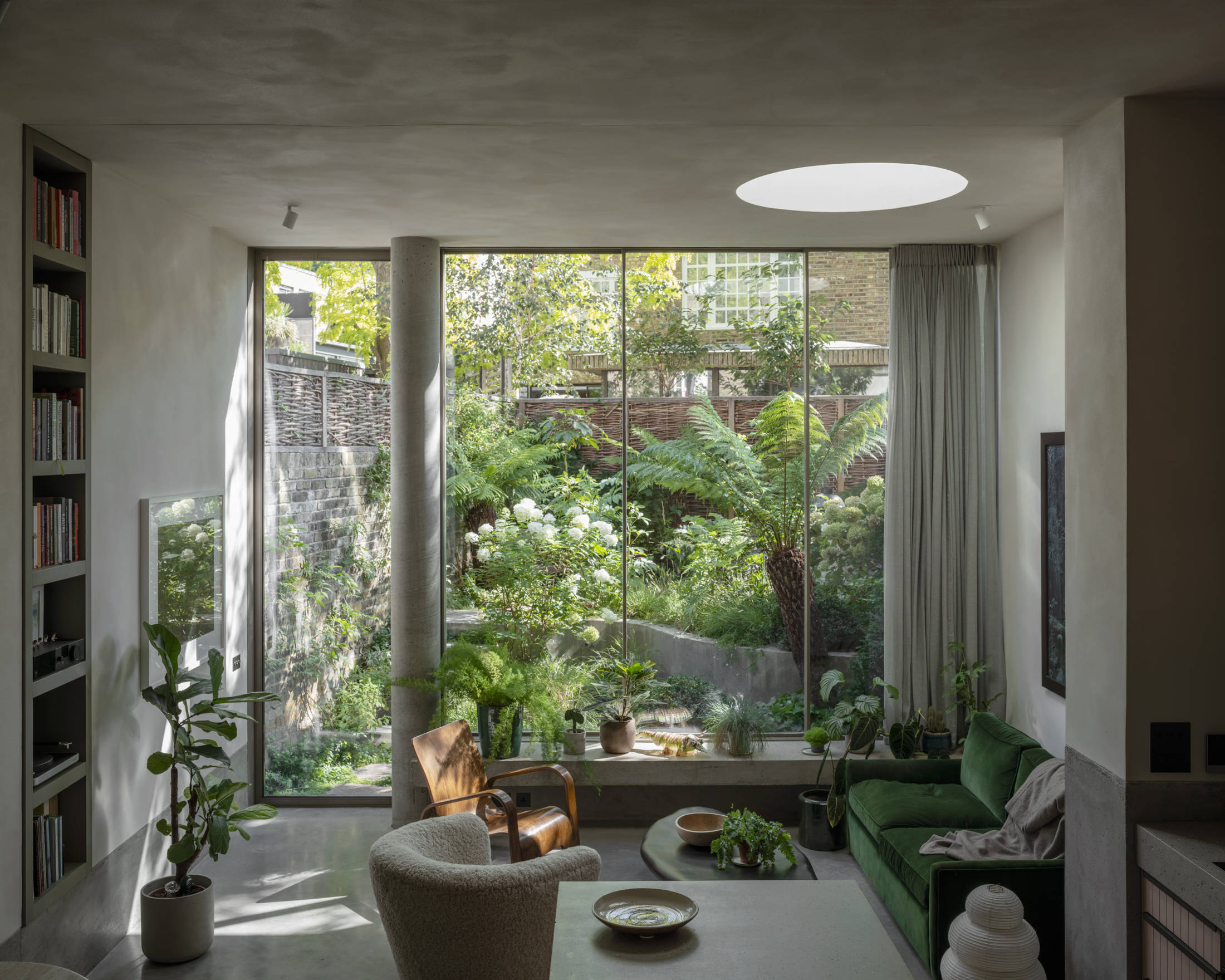
Concrete is also deployed on the windowsills, kitchen counters and for the large structural columns that hold up the house. The architects point out that this combination of subterranean character, tropical planting and landscaping by FFLO, and subtle splashes of interior colour evokes Brazilian midcentury modernism.
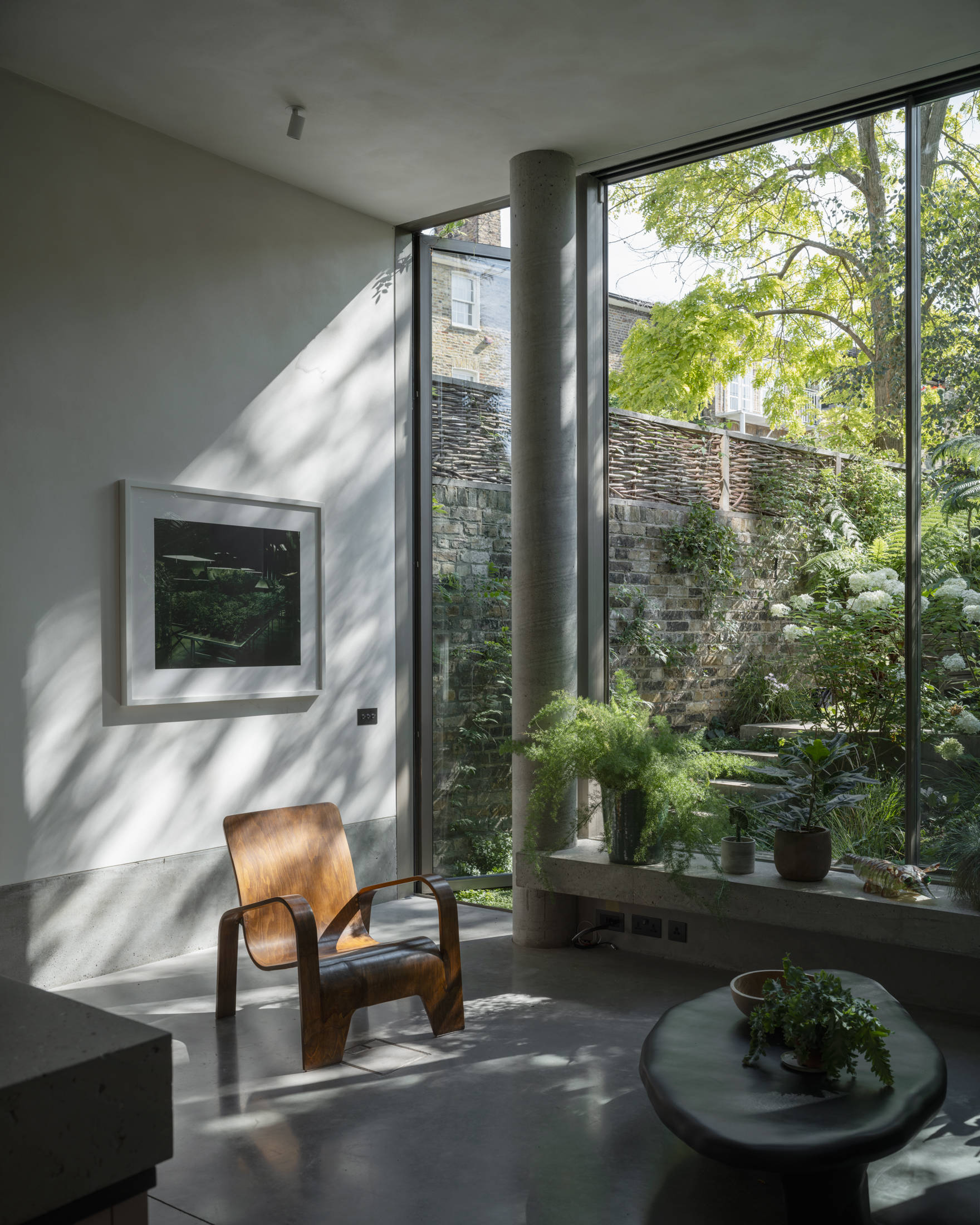
The floor above contains a more formal living room, a space reshaped by new floor-to-ceiling glazing that opens up onto a planted flat roof. This floor is subdivided by a sliding door, creating a media room or occasional guest bedroom. Two more bathrooms are on the floor above, with the main bedroom suite above. These rooms are given added privacy by the mature trees that surround the terrace of houses, with new aluminium windows introduced to match the profiles of the 1960s originals.
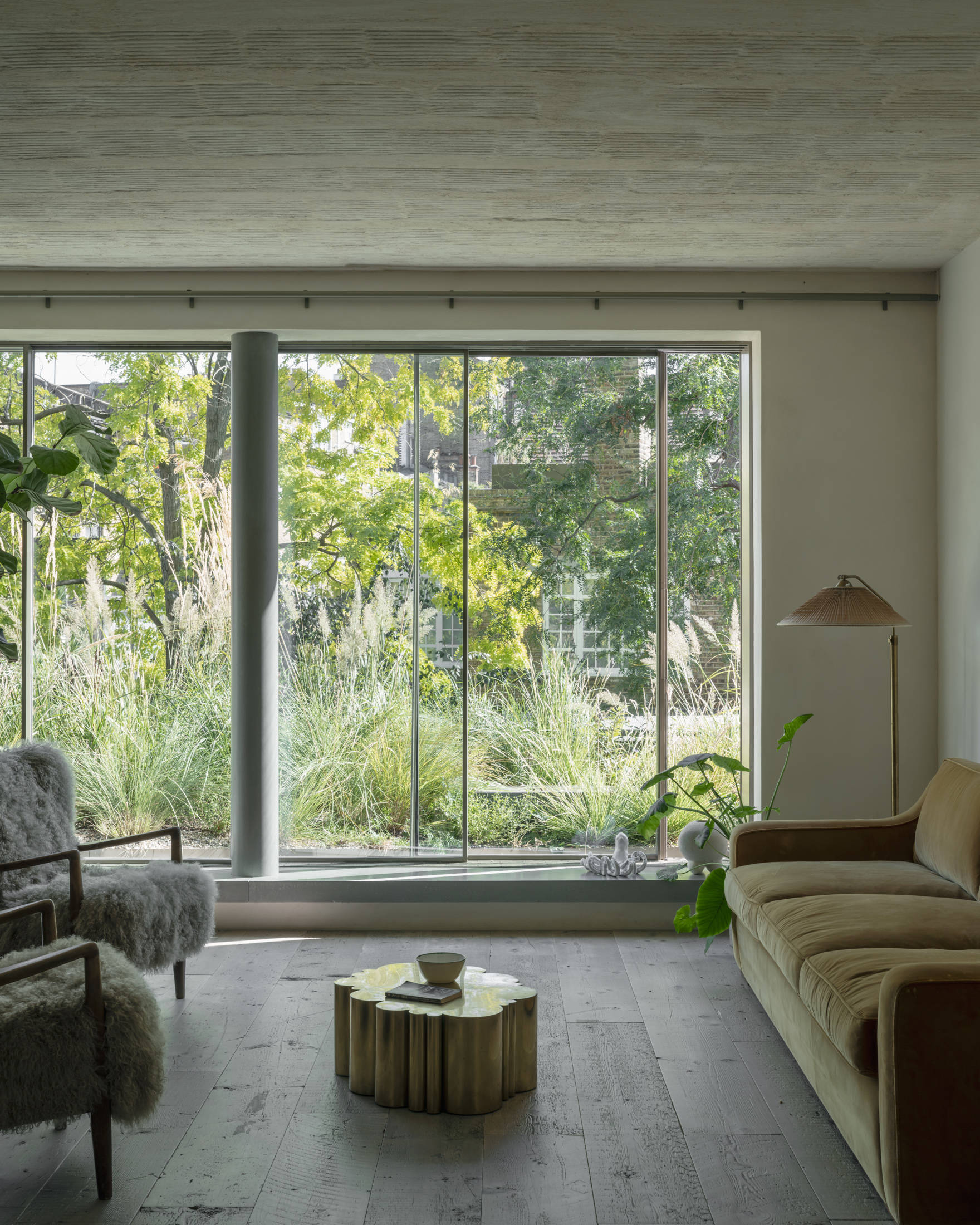
The clients have an extensive art collection, and the interior finishes reflect the desire for space to display. Unpainted lime-rendered walls are paired with exposed concrete soffits and beams, which were lime-washed and sand-blasted respectively. Upstairs flooring is reclaimed timber, and bathrooms have microcement floors. Green timber-clad walls contrast with the raw concrete of the stairs.
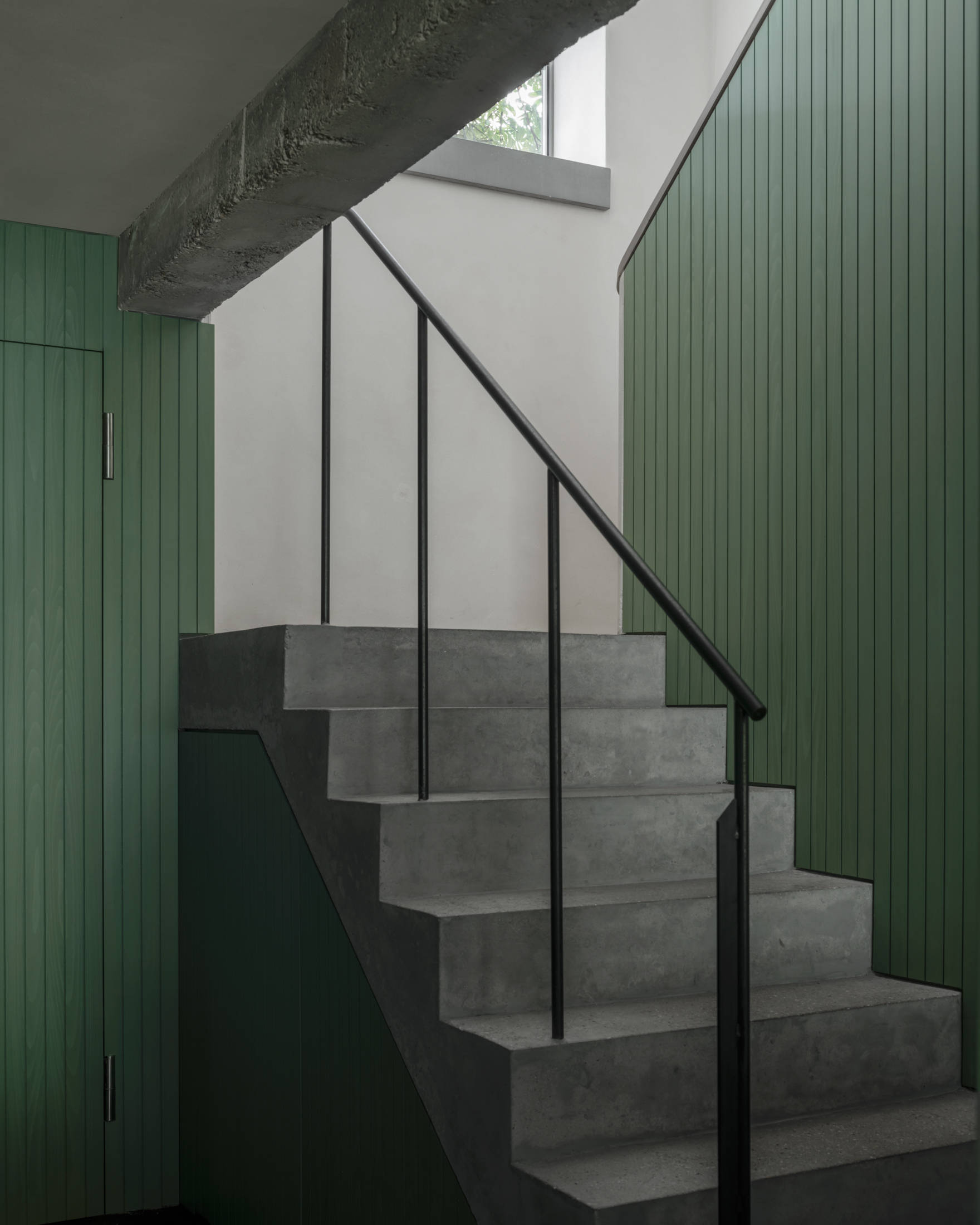
The refurbishment didn’t just upgrade and expand the living spaces, it also added modern standards of energy efficiency. Insulated floors and walls, along with double glazing, an air source heat pump for hot water and underfloor heating and a mechanical ventilation heat recovery system all go towards lowering running costs and energy consumption.
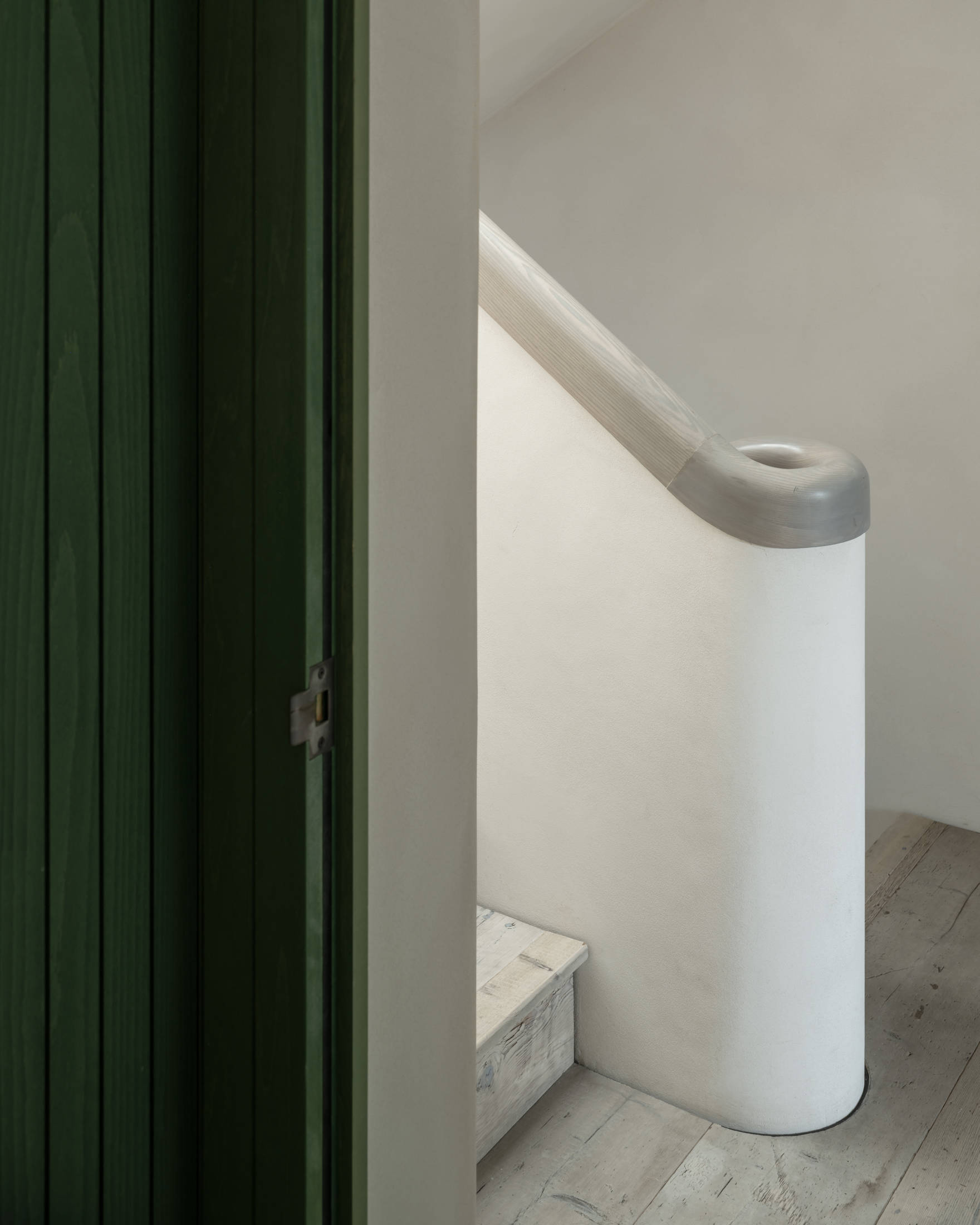
‘We think of the project as a collaboration with the original architects, Morgan and Branch,’ says Dingle Price, co-founder of Pricegore, ‘They designed a house suited to their era, and for the speculative market. Sixty years later we have reshaped it around the specific requirements of one family and refitted it to standards that will hopefully last the next 60 years and beyond.’
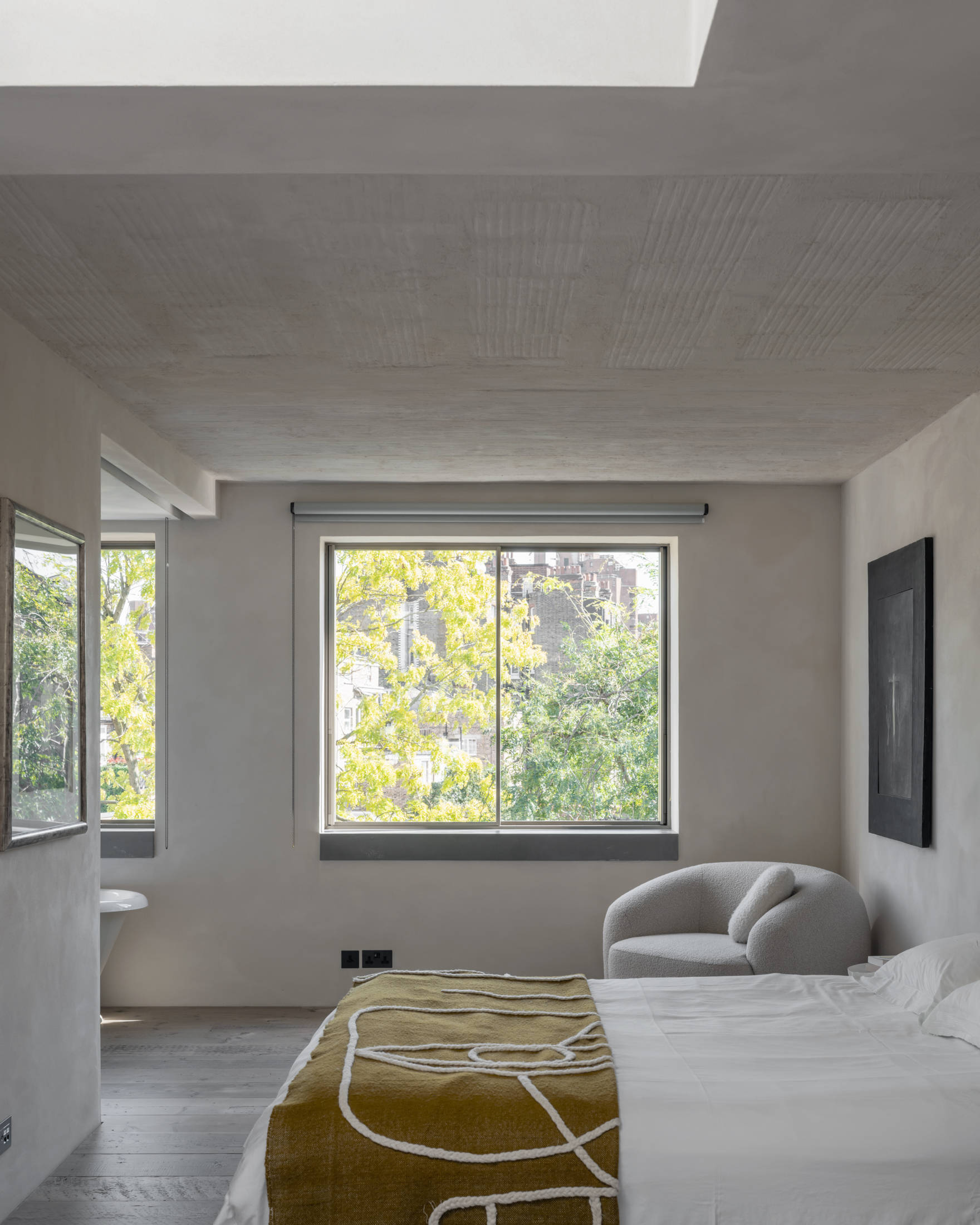
Price founded the studio with Alex Gore in 2013. The London-based practice works sympathetically yet innovatively with existing buildings, as well as creating new-build structures that demonstrate a wise and playful connection to the forms of the past. In 2019, the studio teamed up with artist Yinka Ilori to design Dulwich Picture Gallery’s summer pavilion. A new house in Bath is currently under construction.
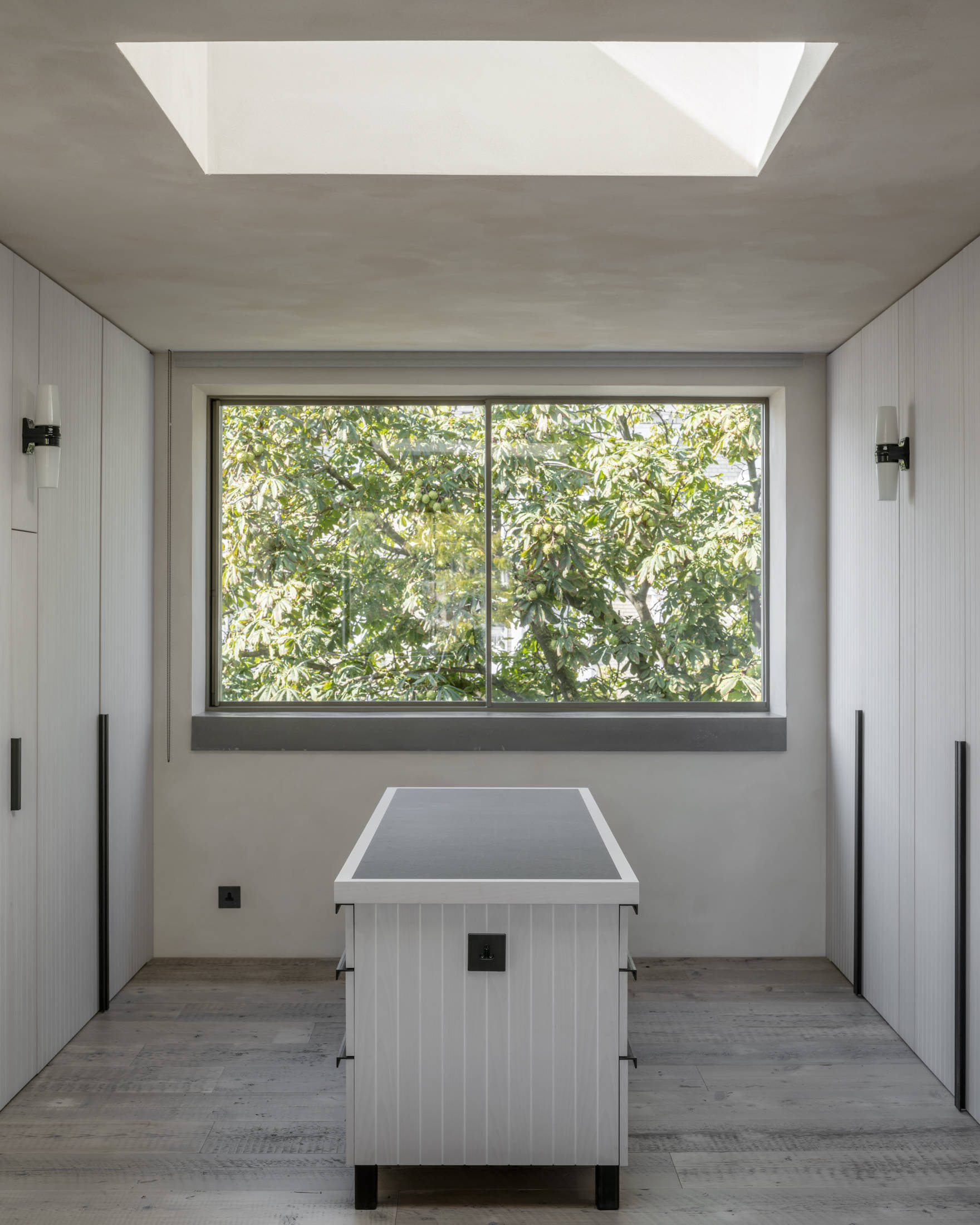
Pricegore Architects, Pricegore.co.uk, @pricegore
FFLO Landscaping, FFLO.co.uk, @FFLOlandscape
